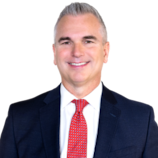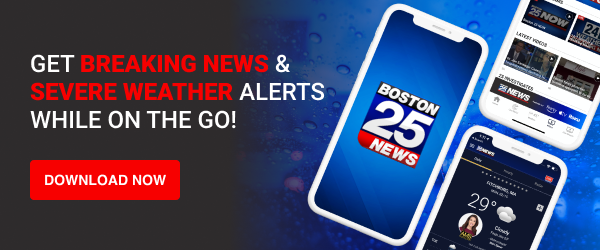Glen Giovanucci has always been a leader and innovator. As captain of the Northeastern hockey team in the early 1980s, he led the Huskies to some of the biggest victories in program history. Since, he has lived a life full of adventure - coaching at his alma mater, serving as a hockey scout and agent, then most recently running a sports equipment company in Rhode Island called, “G-Form.”
When the COVID-19 pandemic struck, G-Form was one of many companies dealing with the possibility of shutting down, at least temporarily. Instead, Giovanucci and his team adapted, learning how to make face shields that can be used by front-liners in the battle against the Coronavirus.
“We were looking at being forced to shut down our factory where we have 40 employees,” said Gionvanucci. “These are friends, in many cases family, and that’s the last thing we wanted to do.”
Faced with that reality, Giovanucci changed course, figuring out a way to keep the G-Form business alive, while helping those fighting COVID-19. But now, he was playing in a sandbox featuring some unfamiliar toys.
“We need plastic. We need foam. We need elastic. We need rivets,” said Giovanucci. “There’s all these things that weren’t part of our repertoire and now they are.”
None of this comes as a surprise to Jim Madigan, the head hockey coach at Northeastern and a longtime friend of Giovanucci.
“My sophomore year, he was a senior,” said Madigan. “He was our captain - and a great captain. He’s been a leader in every job opportunity he’s been involved in and he’s a leader of men, so to see what they’ve done - just change because he’s flexible and he’s employed agility to move, it’s not a surprise at all.”
In a time when things around have changed dramatically, and quickly, that’s been the case at G-Form as well.
“Basically, two weeks ago, we were looking at shutting down the factory,” said Giovanucci. “This week we’re shipping thousands of face shields to hospitals, to federal agencies, ultimately ending up with doctors, nurses and first responders.”
© 2020 Cox Media Group








